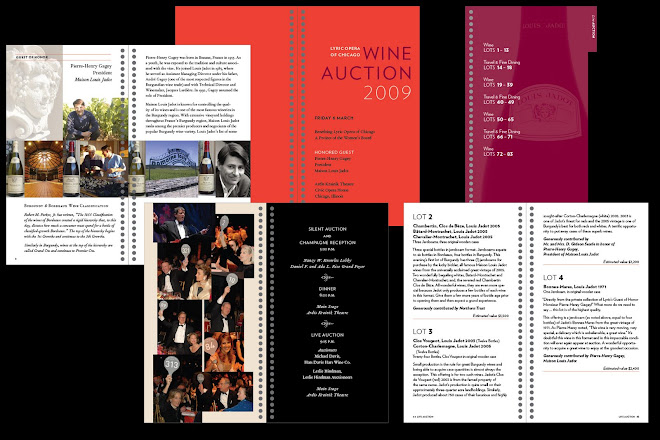New Orleans feeds my eyes, ears, belly, and soul. This city exerts a special pull that gets stronger each time I return to do my bit to help rebuild after the 2005 levee failures. My friends and I timed our most recent visit so that our work week would conclude with some playtime – Halloween weekend. That Sunday afternoon a few of us pursued a lead to find the Backstreet Cultural Museum. We hadn't expected it to be open, but Robert, one of the caretakers, was seated outside with some friends and happy to give us a tour. And what an information-packed tour it was of this tiny museum, located in a creole cottage in the Treme – "A Powerhouse of Knowledge" of local African-American culture. It features costumes and background of the Mardi Gras Indians, as well as artifacts and information on the Social Aid & Pleasure Clubs, and the jazz funerals of New Orleans. All of it is fascinating and worth a visit, but what drew me there was having read about an extraordinary master of the Mardis Gras Indians tradition, Big Chief Allison "Tootie" Montana. Tootie is profiled in Don Baum's excellent book on nine New Orleanians, Nine Lives. Tootie's involvement in the Mardis Gras Indians was part of his Creole family's tradition, lasted decades, and included not only his creation of richly ornamented, inventive suits and his singing and dancing participation in the parades, but also his leadership in fostering peaceful competition among the tribes, based on the aesthetics of their original costumes instead of physical combat.
Seeing some of these costumes up close and how they are made brings home the artistry of the maskers. The urge and commitment to ornament, express, and celebrate that these costumes represent is stunning. A new suit is required each year, and each is handmade, with jewels, beads, and sequins individually secured with seed beads, plus other materials, all sewn onto paper "patches" which are joined together to make the major costume pieces. Most incredibly, the suits are created without a pattern, built up of sections that the maker composes as he/she works. The origins of New Orleans' Mardi Gras Indians aren't clear, but I like the idea Robert relayed of it being a salute to American Indians who sheltered escaping slaves.
Here are two sites for more on this rich aspect of American cultural history: http://www.backstreetmuseum.org





















No comments:
Post a Comment